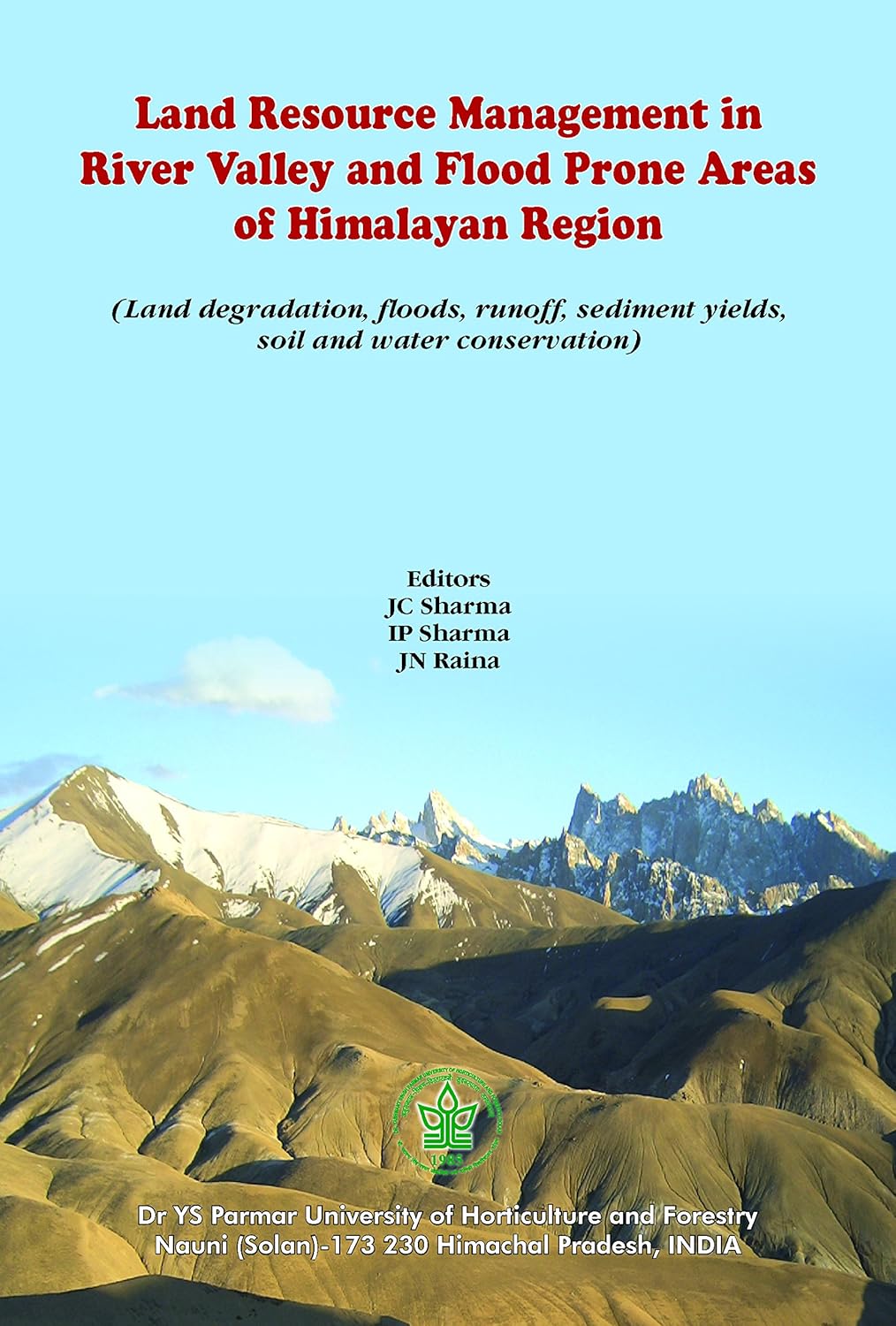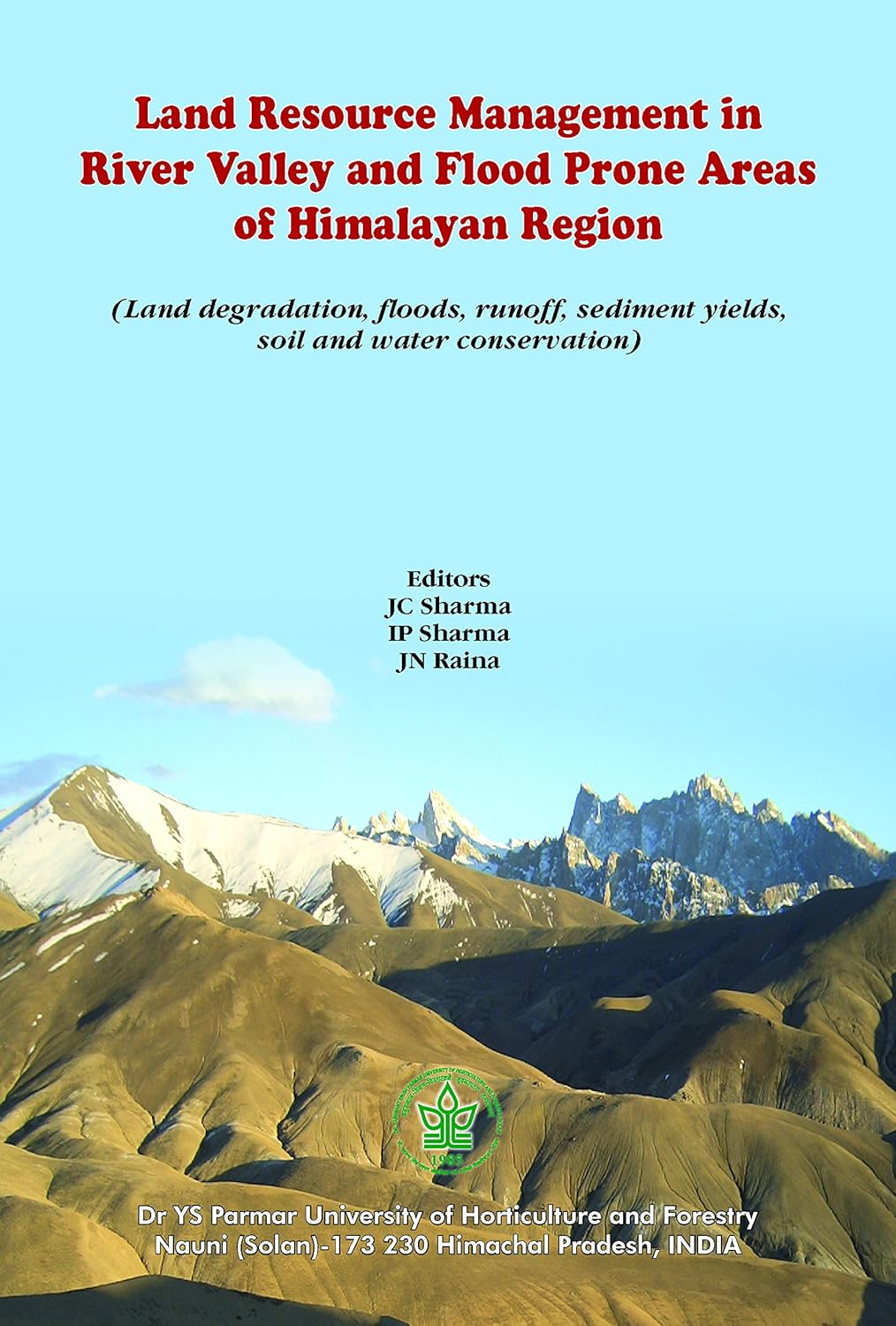Land Resource Management in River Valley and Flood Prone Areas of Himalayan Region: Land Degradation Floods Runoff
Land Resource Management in River Valley and Flood Prone Areas of Himalayan Region: Land Degradation Floods Runoff
Couldn't load pickup availability
Presently, about half of the area (49%) of catchments of many perennial rivers in Himalayan region is degraded, the severity being more in north-western region. The natural resources in the region are suffering from severe degradation processes and deforestation due to increased biotic pressure and have its roots in the complex web of social, economic and institutional problems. Most of the land in the region represents eroded outlook with barren slopes. Every year, enormous quantity of soil is eroded (SO t/ha/yr) resulting in the rise of river beds and situation of tanks, reservoirs and other natural water bodies thus, affecting the carrying capacity of many agro-ecosystems and life of multipurpose projects. Arresting and reversing the process of ecological degradation and preservation of agricultural lands and forest ecosystem has to be given the top priority in all the on going programmes in the region. This would require collective thinking and concerted efforts of research institutions, planners, policy makers, NGOs and above all by the end users. The catchments area treatment should be at the core of land use planning in the region. The conservation and management of soil and water resources in the river catchments are vital issues and provide a base for reducing soil erosion and sedimentation in water storage structures, improving land productivity and sustaining the life of various multipurpose projects operating the catchments. Catchments area treatment including vegetative cover and soil conservation which is otherwise needed for sustainable development of region would greatly result in reduction of sediment load.
Share

